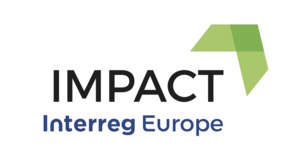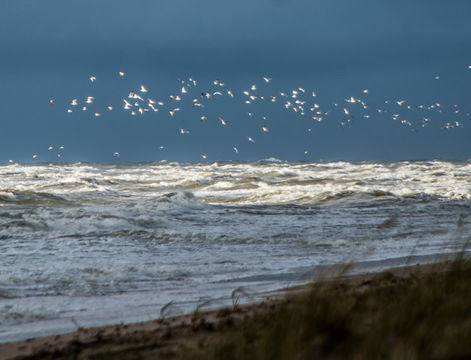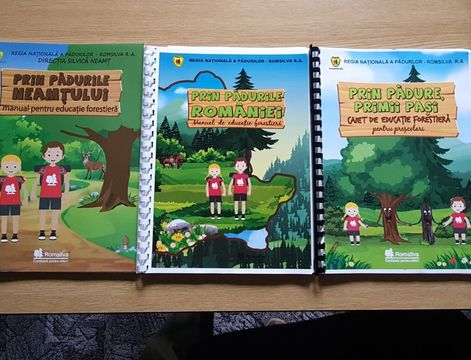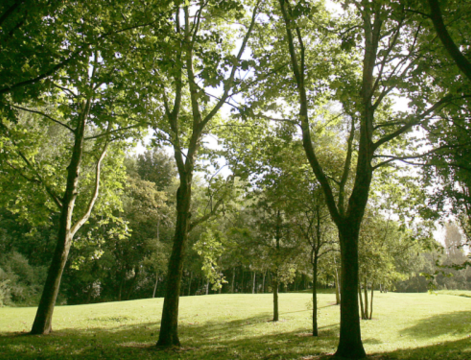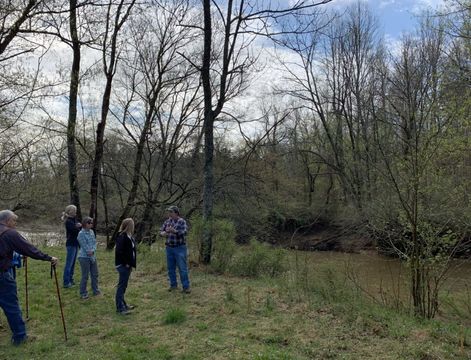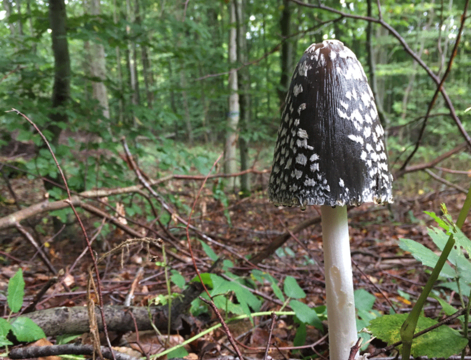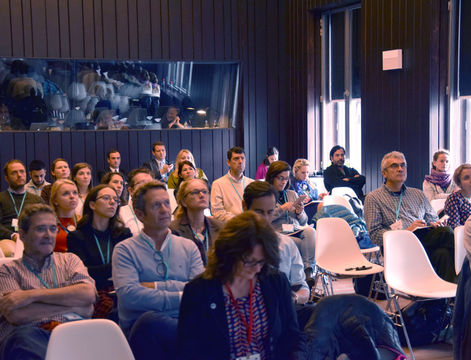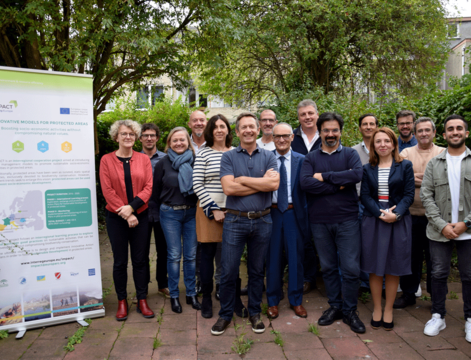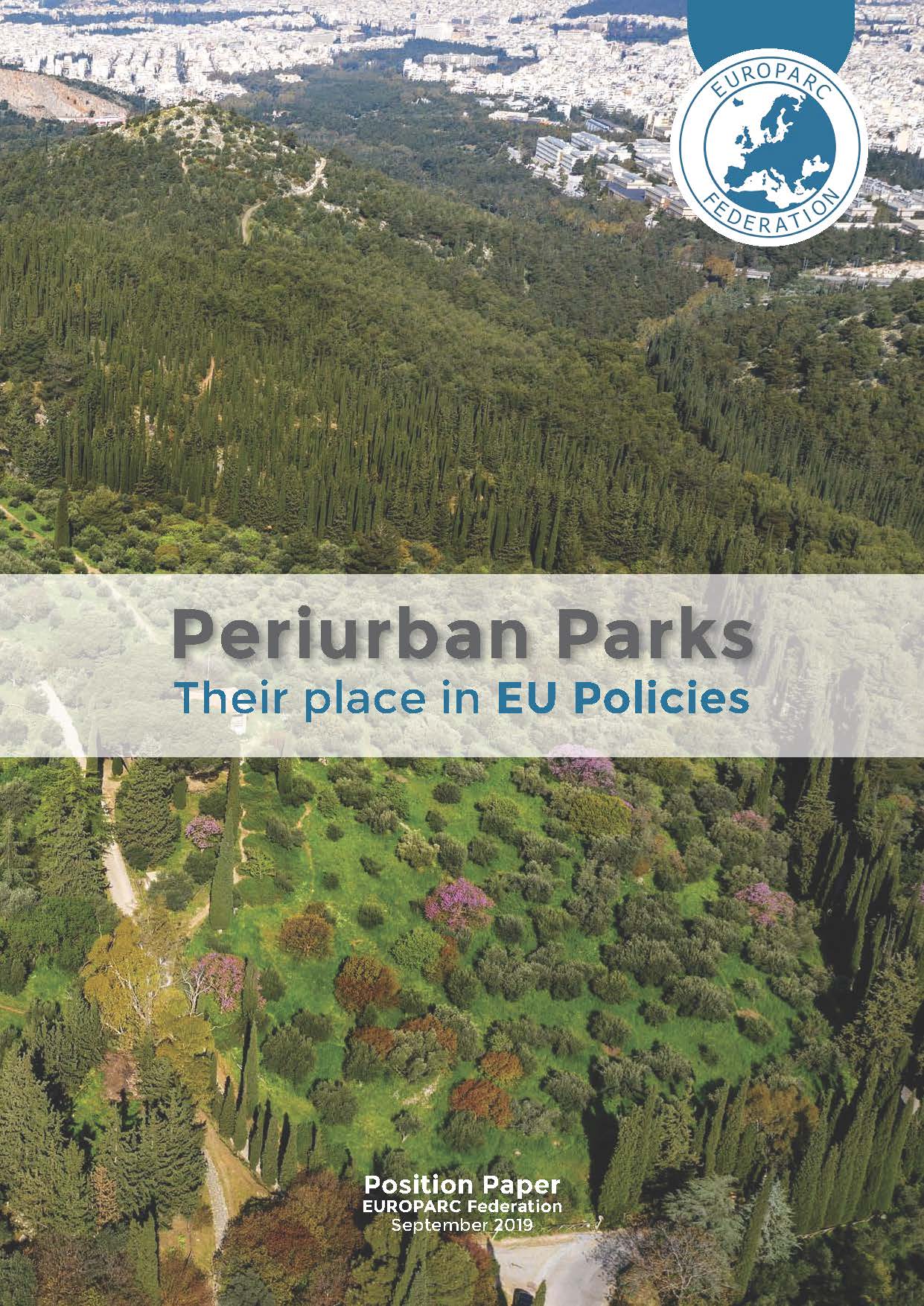IMPACT project celebrated its High dissemination event on the 8th of October in the framework of the EU Week of Regions & Cities.
The event consisted of a workshop Making an IMPACT: Putting protected areas at the heart of EU policies for the sustainable development of regions and cities and was followed by a networkig event.
The workshop was moderated by Carol Ritchie, Executive Director of EUROPARC Federation.

In the session, we heard:
How Interreg Europe program is helping regions to improve policies by promoting the exchange of good practices among them. Camille Miroir from the Joint Secretariat showed the last figures linked with the program.

How Protected Areas can boost regional development and stop depopulation. Javier Soto Vázquez, from Andalusian Regional Govern, explained that as from 1998 Sustainable Development Plans for Protected Areas were devised involving every regional and local public administration with competencies in the territory in addition to Environmental Agency. As a result, depopulation was halted and, even reversed, in certain areas. Moreover, the per capita rate globally increased.

How Sustainable Tourism in Protected Areas can be a successful economic activity to develop rural regions and yet respect biodiversity. Stefania Petrosillo, from EUROPARC, introduced the Charter of Sustainable Tourism in Protected Areas as a useful valid tool to promote sustainable tourism with the essential involvement of local actors.

How important is to work in partnership with all actors from the territory in order to find the balance between local development and the promotion of local biodiversity. David Moulin, from ENRx, presented the " Plantons le Décor - Let's set the scene “a program whose aim is that local actors, inhabitants, farmers, businesses, communities improve their living environment by planting local plant biodiversity such as trees, shrubs, fruit and vegetables.

How determinant the role of Protected Areas can be in dealing with current urban challenges – Climate change, stress, obesity, sedentary behaviour, urban sprawl, biodiversity and identity loss. Teresa Pastor, from EUROPARC, enumerated the many services nature can bring to cities to cope with these challenges and related them to different EU policies.
Periurban Parks, their place in EU Policies

Finally, a series of videos were shown to illustrate some of the good practices identified in the IMPACT Interreg Europe project.
-Visitor carrying capacity assessment in two Natural Parks of Andalusia (ES)
- The Transiberiana in Regione Molise (IT) - Promotion of Sustainable Tourism by the restoration of an ancient train
- Community involvement initiative in Pajurio regional park (LT) to attach local communities to the Park
- Awareness raising among children about the importance of forests leadered by Vânatori – Neam Natural Park (RO).
Take away message
Protected Areas are decisive for sustainable socio-economic development.
In rural areas, they can stop depopulation through the creation of green jobs
In urban areas, they are key for a sustainable way of life
"Under a scenario of severe climate change, unstoppable urban sprawl and strong biodiversity loss, cities and regions should protect the remaining valuable nature through binding policies and appropriated resources allocated in order to benefit from the many services nature can deliver.
